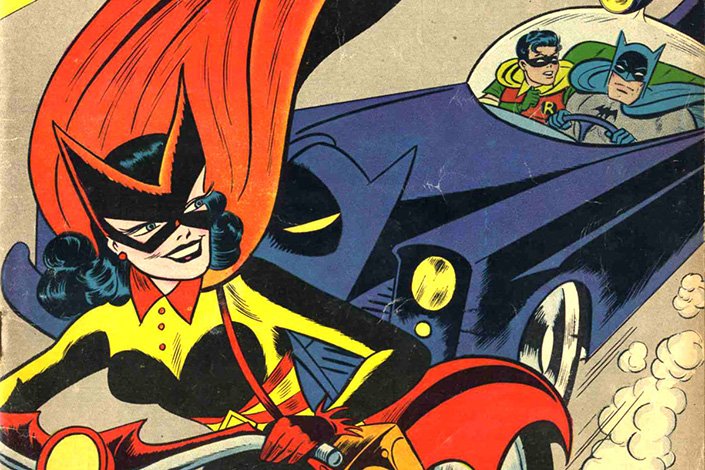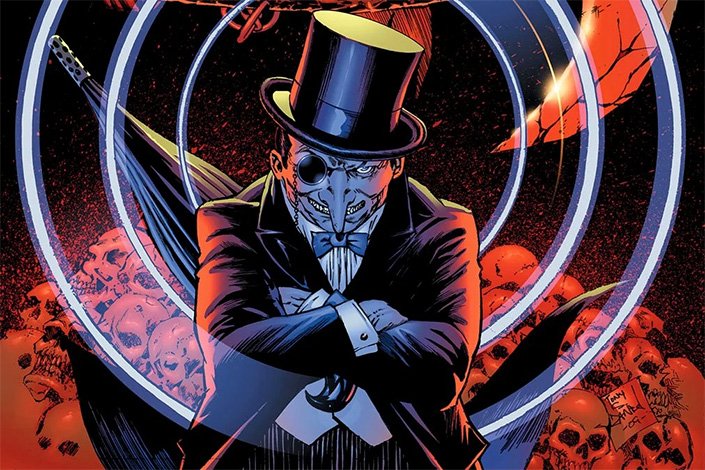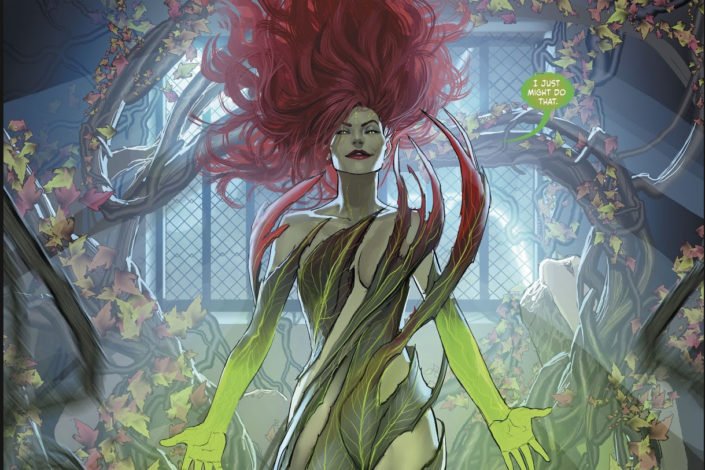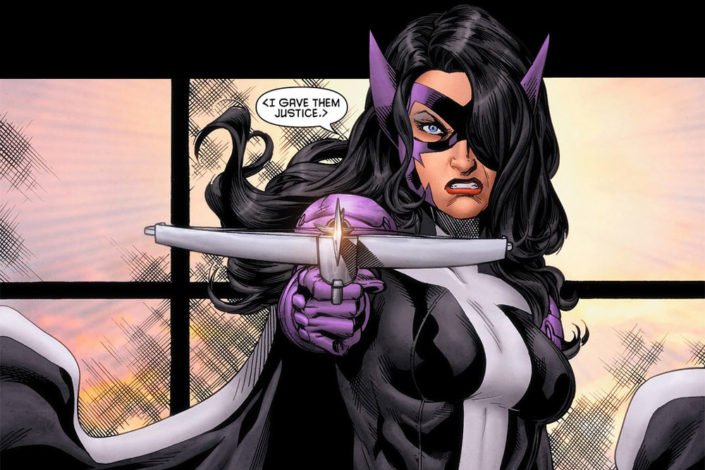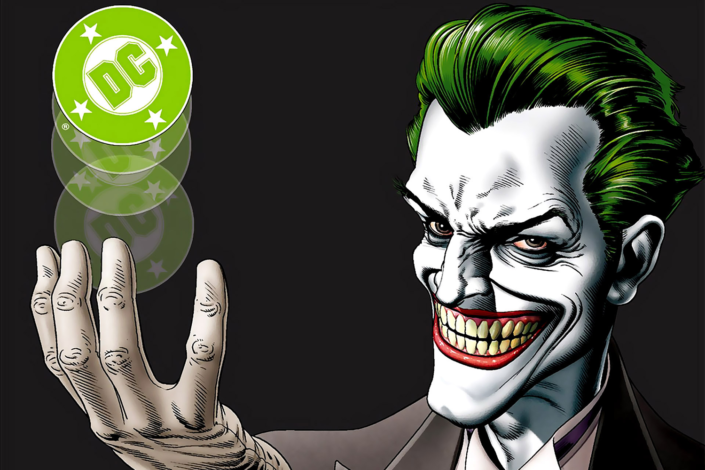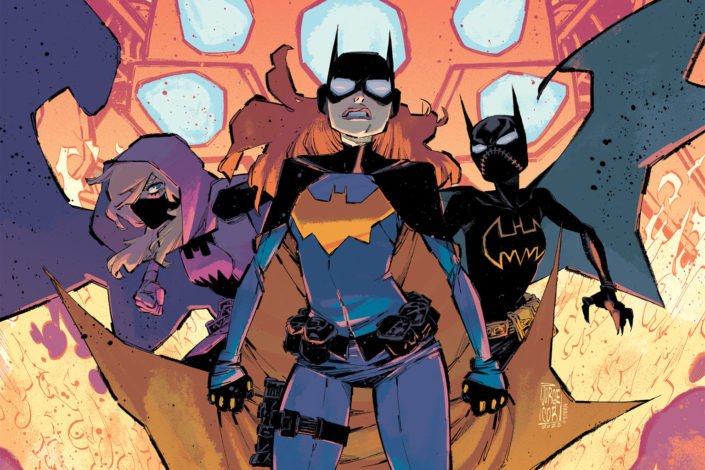Kathy Kane: The Short History (and Reading Order) of the First Batwoman
If Robin debuted only one year after Batman, it took more than 15 years for another member of the ‘Bat Family’ to be created. Batwoman first appeared in Detective Comics #233 (July 1956). She was created by writer Edmond Hamilton and artist Sheldon Moldoff to counter Fredric Wertham’s accusations that our dynamic duo was homosexual! Despite this, she was a pioneer, becoming the first female superhero to take on a major male superhero in the pages of DC Comics.
Throughout the next decade, Batwoman fought crime next to Batman and Robin and even puts on a Cat-Woman costume at some point to help obtain some information! And though Batwoman was popular with readers, her career came to a halt when Julius Schwartz took over as editor of the Batman-related comic in 1964, before being killed in the 1970s, then completely removed from the main continuity following Crisis on Infinite Earths.
Nothing is set in stone in the DC Universe, and the characters can have multiple existence as well as being completely reimagined. It is what happened to Kathy Kane when she was reintroduced during Grant Morrison’s run on Batman, with some changes.
There is no doubt that Kathy Kane, as the first Batwoman, is a part of Batman’s rich history, a figure who found her place in the Batman Family and paved the way for future female superheroines to combat crime in Gotham alongside Batman and Robin. So, today, we’ll take a deeper look at Kathy Kane’s background and explore her past and appearances.
Read More »Kathy Kane: The Short History (and Reading Order) of the First Batwoman
